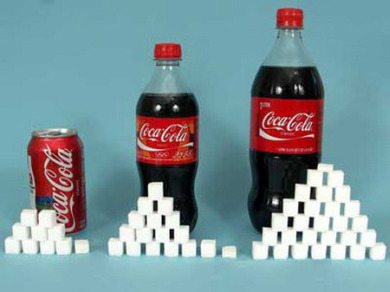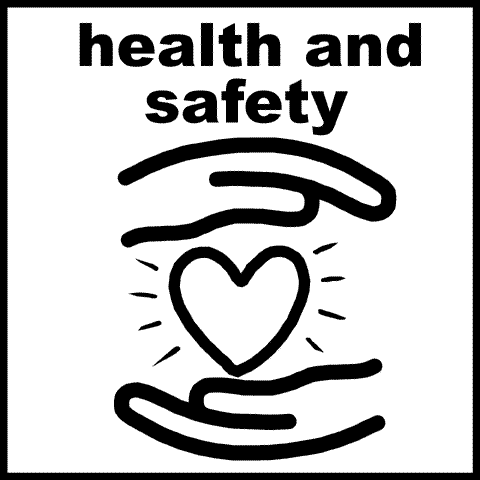 You know exercise is good for you, but do you know how good? From boosting your mood to improving your sex life, find out how exercise can improve your life.
You know exercise is good for you, but do you know how good? From boosting your mood to improving your sex life, find out how exercise can improve your life.
Want to feel better, have more energy and perhaps even live longer? Look no further than exercise. The health benefits of regular exercise and physical activity are hard to ignore. And the benefits of exercise are yours for the taking, regardless of your age, sex or physical ability. Need more convincing to exercise? Check out these seven ways exercise can improve your life.
- No. 1: Exercise controls weight
- No. 2: Exercise combats health conditions and diseases
- No. 3: Exercise improves mood
- No. 4: Exercise boosts energy
- No. 5: Exercise promotes better sleep
- No. 6: Exercise puts the spark back into your sex life
- No. 7: Exercise can be fun
The bottom line on exercise and physical activity are a great way to feel better, gain health benefits and have fun. As a general goal, aim for at least 30 minutes of physical activity every day. If you want to lose weight or meet specific fitness goals, you may need to exercise more. Remember to check with your doctor before starting a new exercise program, especially if you have any health concerns.
via Exercise: 7 benefits of regular physical activity – MayoClinic.com.
 “Eat your fruits and vegetables.” You’ve likely heard this statement since childhood. Research shows why it is good advice:
“Eat your fruits and vegetables.” You’ve likely heard this statement since childhood. Research shows why it is good advice:







